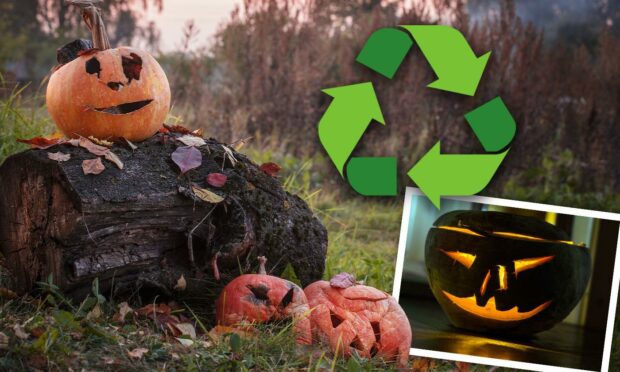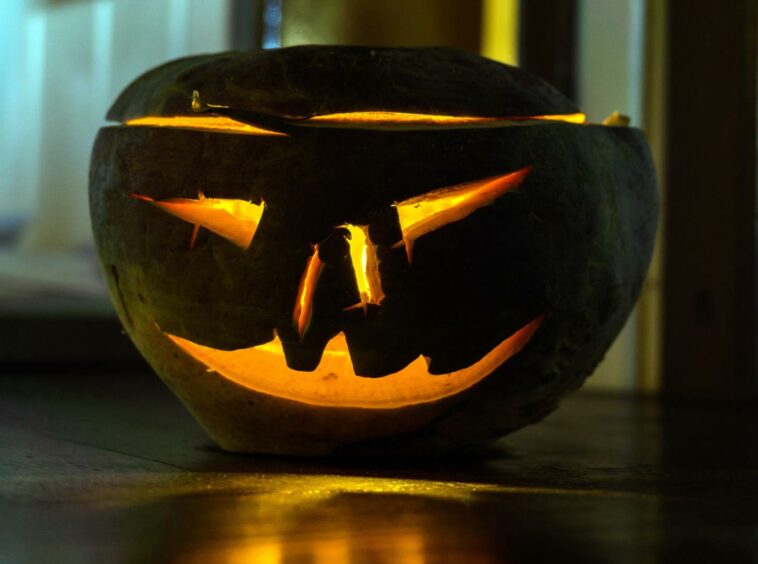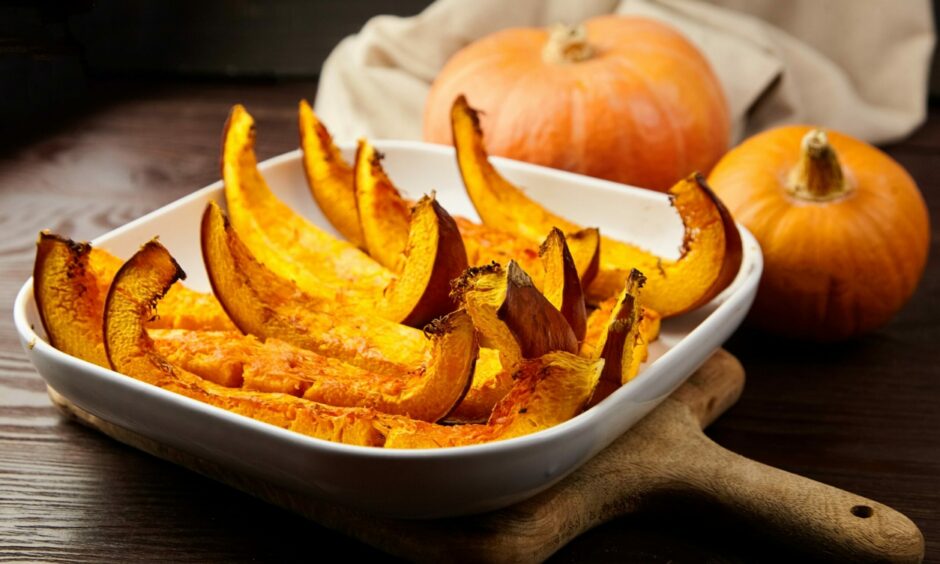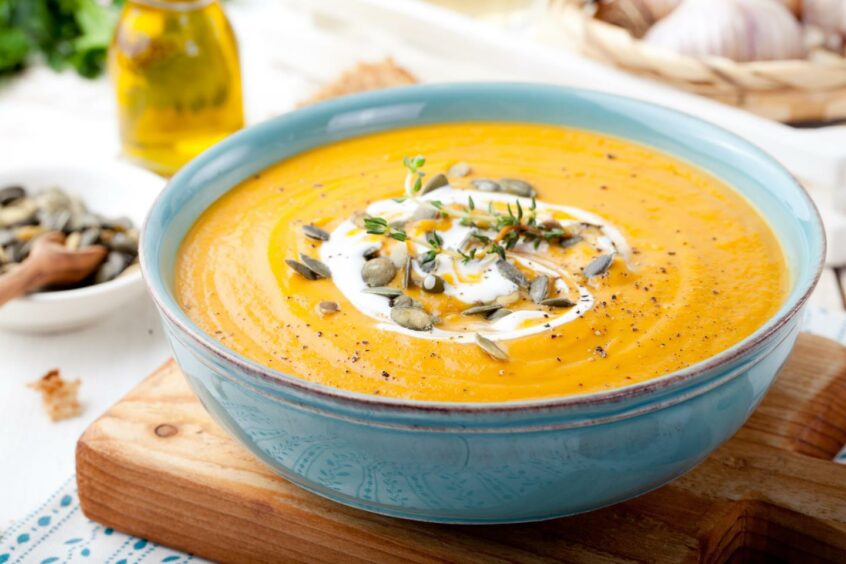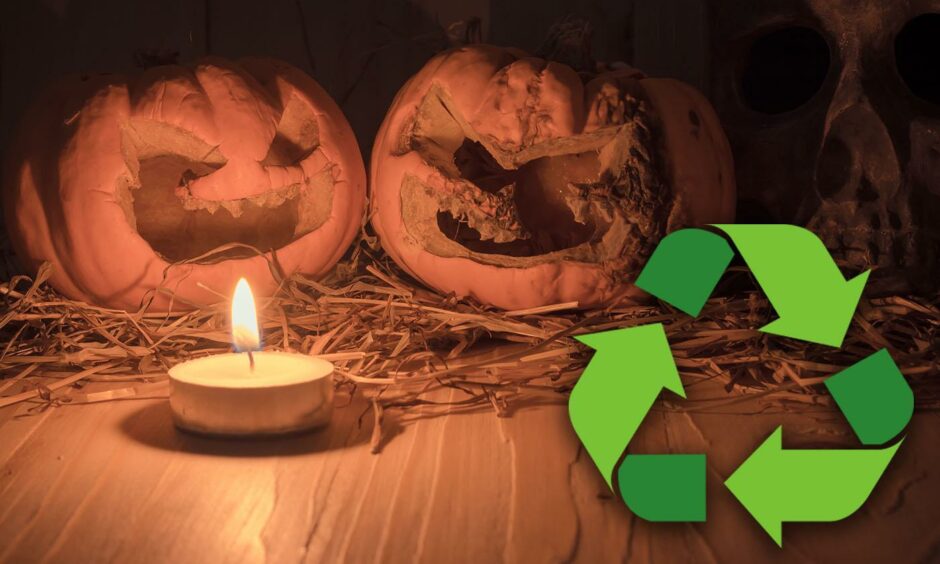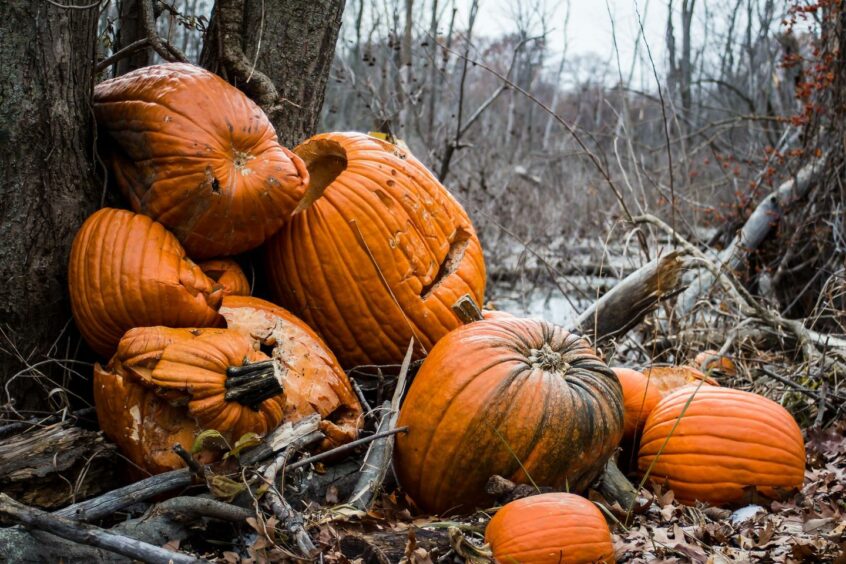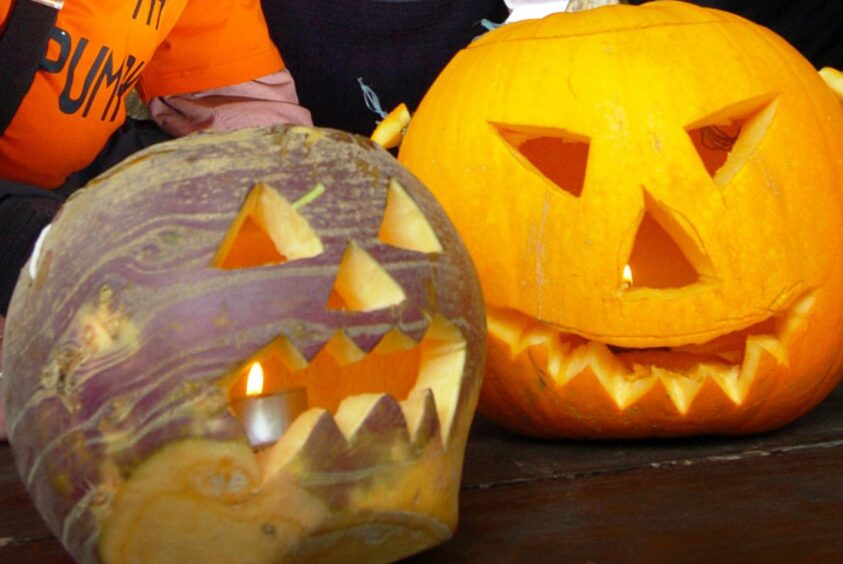And just like that, Halloween is over and done with for another year.
We’re all feeling a little bit sick after eating too many sweeties, and some of us will be busy clearing eggs off our windows or toilet paper from our trees.
It’s time to box up all the fake spiders, empty the apple-bobbing bucket and find something to do with the carved out pumpkin — or neep — lanterns around the house.
Zero Waste Scotland says that around eight million pumpkins are binned every year in the UK, and annually around 18,000 tonnes of edible pumpkin waste is produced.
And around 8% of the world’s greenhouse gas emissions are caused by food waste.
So here are four eco-friendly tips for what to do with your pumpkins and neeps that won’t leave you frightened about your environmental impact.
What’s cooking, gourd-looking?
To make sure your pumpkins don’t go putrid and your neeps don’t go nasty, why not have them for tea?
From pumpkin pie to baked pumpkins to pumpkin lattes, there are so many options to turn the innards of your jack-o-lantern into a tasty treat instead of letting it contribute to climate change.
And although nobody has invented the neep-spiced latte yet, (although you may be surprised to discover neep-flavour tonic water exists) the vegetable is a staple of traditional Scottish cooking, so try having a Burns supper a few months early.
Compost it
If you carved your pumpkin or neep a few weeks ago, it may already be decomposing and not safe to eat.
Pumpkins are 90% water which means they quickly begin breaking down once you’ve cut into them – especially if they’ve been sitting on your doorstep in the wet weather we’ve been having.
Fear not, as slightly mushy pumpkins make a great addition to your compost pile.
Prevent unwanted pumpkin plants by removing the seeds first (which you can eat or leave out for the birds).
If you don’t have a compost bin, check your local recycling centre or community gardens to see if they collect old pumpkins for composting.
Don’t be a dumb dumper
Last year, Woodland Trust Scotland warned pumpkin-carvers to avoid chucking their Halloween displays in the woods due to the dangers it can pose to wildlife.
Although some may think that leaving their old pumpkins in a forest might aid local flora and fauna, the opposite can be the case.
The rotting gourds can interfere with the natural nutrients in a wild woodland, and they can even attract urban rats, which can create trouble for all manner of woodland critters.
A seed of a good idea
Although it’s easy to cook up all manner of delicacies with the flesh of your pumpkin, the seeds you scoop out can also be used to create tasty snacks.
Although it can be a little tricky, separate the seeds out from the stringy orange innards of your pumpkin by hand, and start heating up your oven.
If you’re really struggling, you can fill a bowl with water and put the seeds and pulp inside, which should help to separate the seeds from the flesh as the seeds float to the top.
Dry them out with some kitchen roll or a tea towel, pop them on a baking tray, and season them with whatever you wish — salt, pepper, paprika, cinnamon, you name it.
Bake them at around 170C for 10 to 15 minutes until they’re deliciously crunchy and ready for the snack bowl.
Perfect for munching as we move away from scary movie season, and start putting on the Christmas classics.
‘We end up wasting a lot of them every year’
Ian Gulland, chief executive of Zero Waste Scotland, says that picking your own pumpkins is a great way to get young children engaged and connected with their food, and to help them understand the care and resources that go into producing it.
But because they’re used first and foremost as decorations, Ian explained Halloween traditions can lead to wasteful behaviour.
He said: “Pumpkin flesh is perfectly edible and makes a delicious ingredient in a soup or a curry.
“However, pumpkins aren’t often thought of as food and we end up wasting a lot of them every year.
“Sending food to landfill wastes the resources involved in growing and transporting it, so please, use up everything you can and always use the food caddy for any inedible food.”
